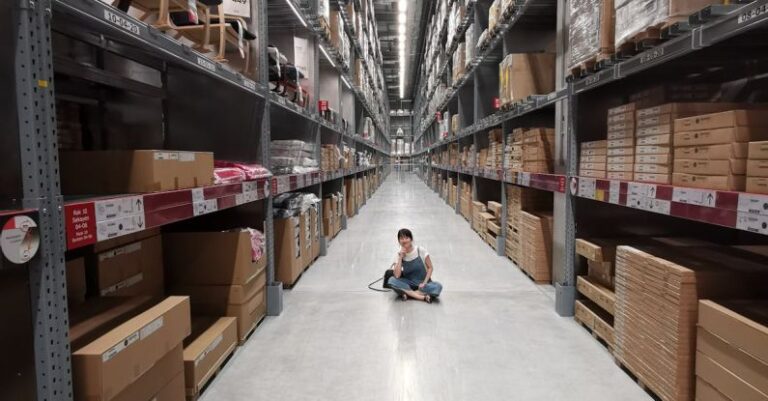
Retailers are constantly looking for ways to enhance the in-store experience for their customers. With the rise of e-commerce, brick-and-mortar stores need to provide unique and engaging experiences to attract and retain customers. In this article, we will explore some strategies that retailers can implement to improve the in-store experience and drive customer loyalty.
Creating an Engaging Store Layout
One of the key ways retailers can enhance the in-store experience is by creating an engaging store layout. The layout of a store can greatly impact how customers interact with products and navigate the space. By designing a layout that is easy to navigate, visually appealing, and interactive, retailers can create a memorable shopping experience for their customers.
Utilizing Technology
Another way retailers can enhance the in-store experience is by incorporating technology into their stores. From interactive displays to virtual reality experiences, technology can help create a more engaging and personalized shopping experience. For example, retailers can use augmented reality to allow customers to visualize products in their own homes or use smart mirrors to provide personalized recommendations based on a customer’s preferences.
Offering Personalized Services
Personalization is key to providing a memorable in-store experience. By collecting data on customer preferences and purchase history, retailers can offer personalized recommendations and services to enhance the shopping experience. Whether it’s a personalized shopping assistant or tailor-made product suggestions, customers appreciate when retailers go the extra mile to cater to their individual needs.
Creating Immersive Experiences
In addition to personalized services, retailers can enhance the in-store experience by creating immersive experiences for customers. This could include hosting events, workshops, or demonstrations that allow customers to interact with products in a hands-on way. By providing opportunities for customers to engage with products in a meaningful way, retailers can create a more memorable and enjoyable shopping experience.
Focusing on Customer Service
Customer service is a crucial aspect of the in-store experience. Retailers should train their staff to provide exceptional service and go above and beyond to meet customer needs. From greeting customers with a smile to offering assistance and recommendations, great customer service can make all the difference in creating a positive shopping experience.
Implementing Seamless Checkout Processes
Long lines and cumbersome checkout processes can detract from the overall shopping experience. Retailers can enhance the in-store experience by implementing seamless checkout processes, such as mobile payment options or self-checkout kiosks. By making the checkout process quick and convenient, retailers can streamline the shopping experience and leave customers satisfied.
Engaging with Customers Beyond the Store
Finally, retailers can enhance the in-store experience by engaging with customers beyond the physical store. This could include sending personalized follow-up emails, offering loyalty rewards, or providing online resources and content that complement the in-store experience. By maintaining a connection with customers even after they leave the store, retailers can build lasting relationships and drive customer loyalty.
In conclusion, enhancing the in-store experience is essential for retailers looking to stand out in today’s competitive market. By focusing on creating engaging store layouts, utilizing technology, offering personalized services, creating immersive experiences, providing exceptional customer service, implementing seamless checkout processes, and engaging with customers beyond the store, retailers can create a memorable and enjoyable shopping experience that keeps customers coming back for more.





